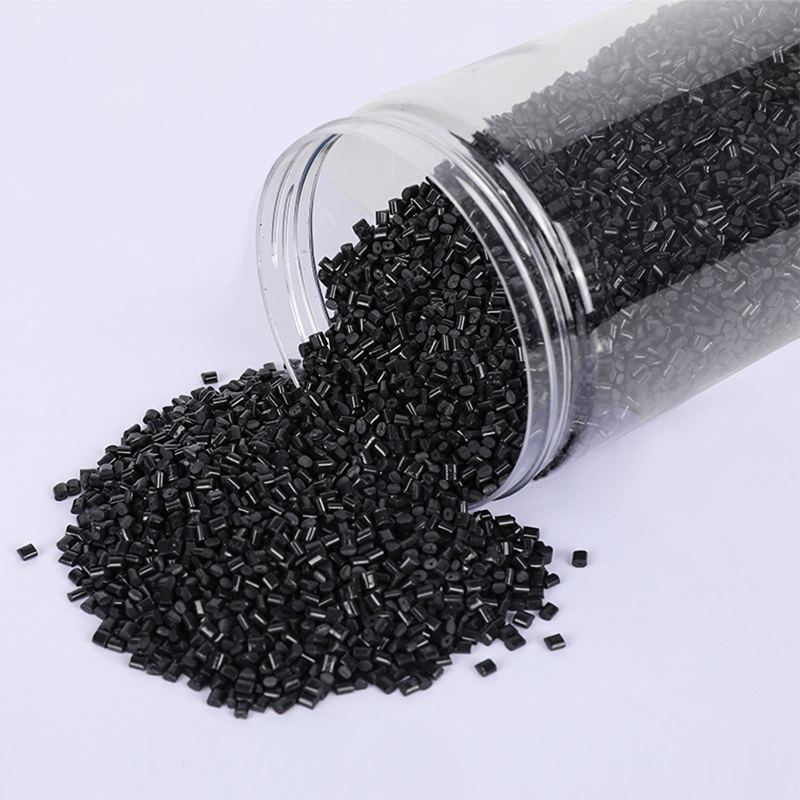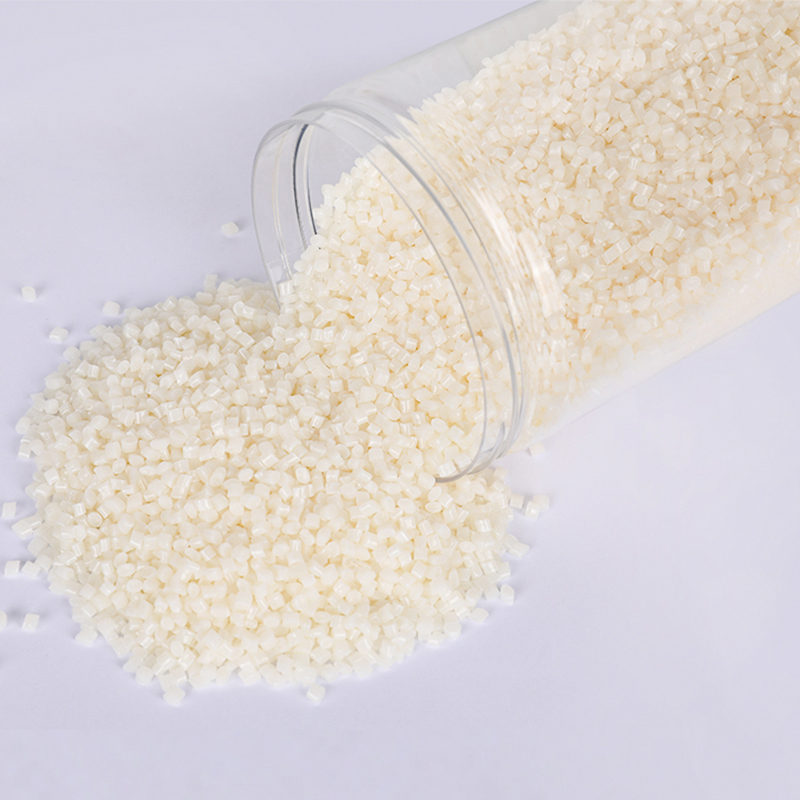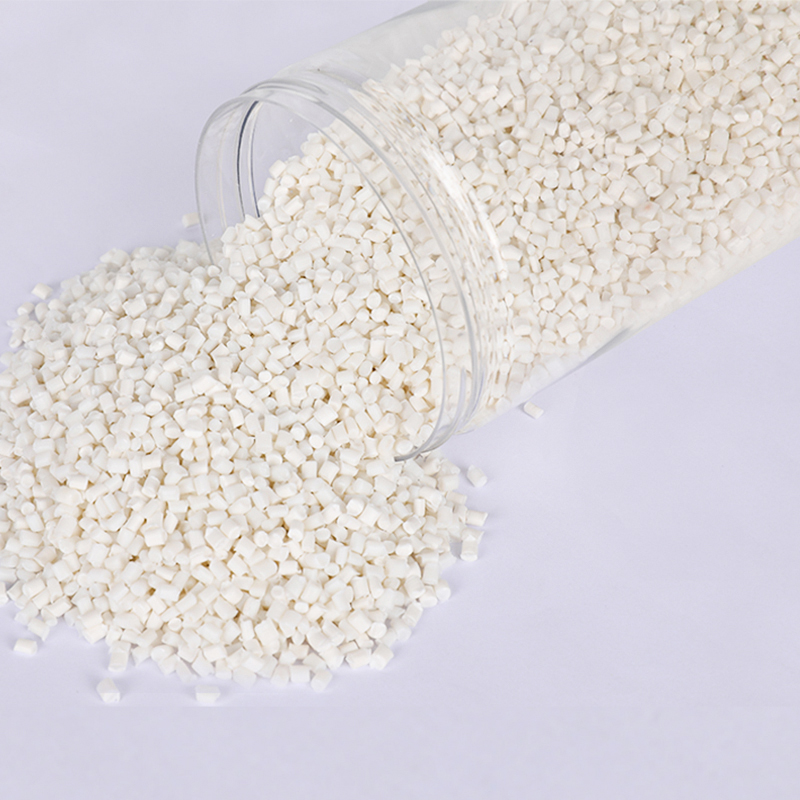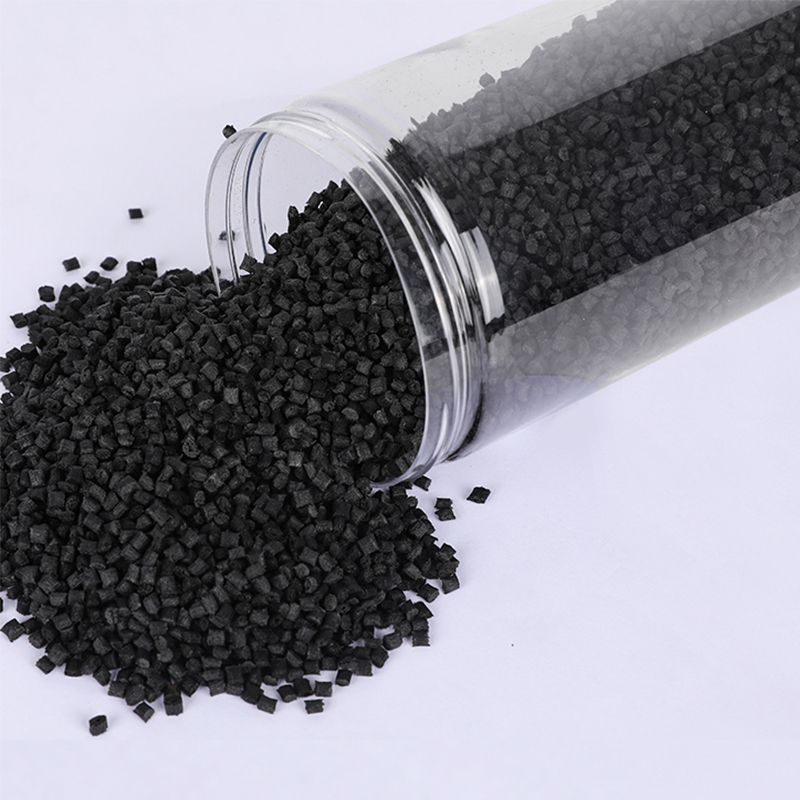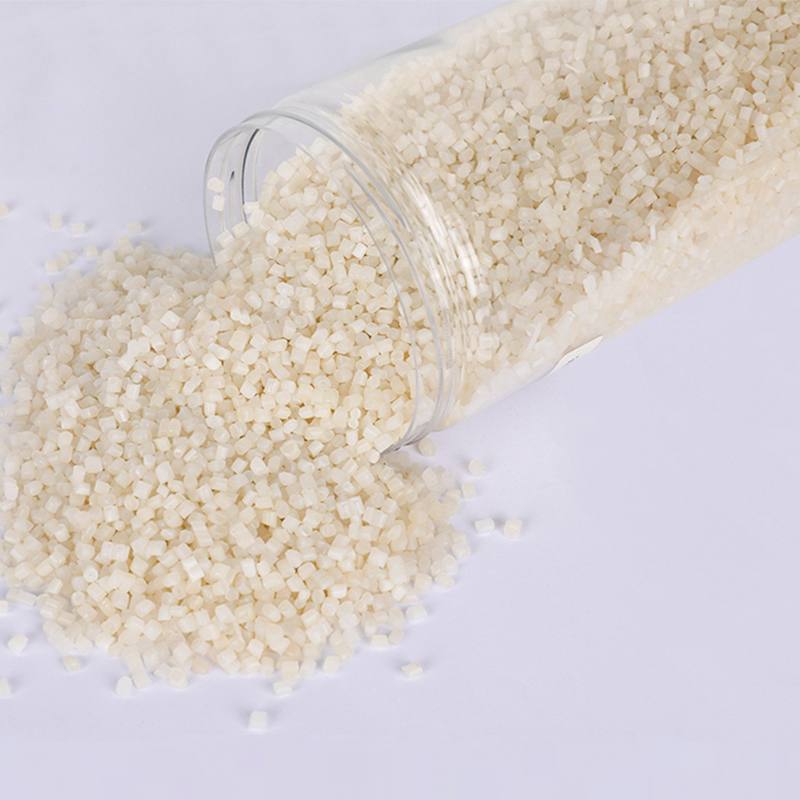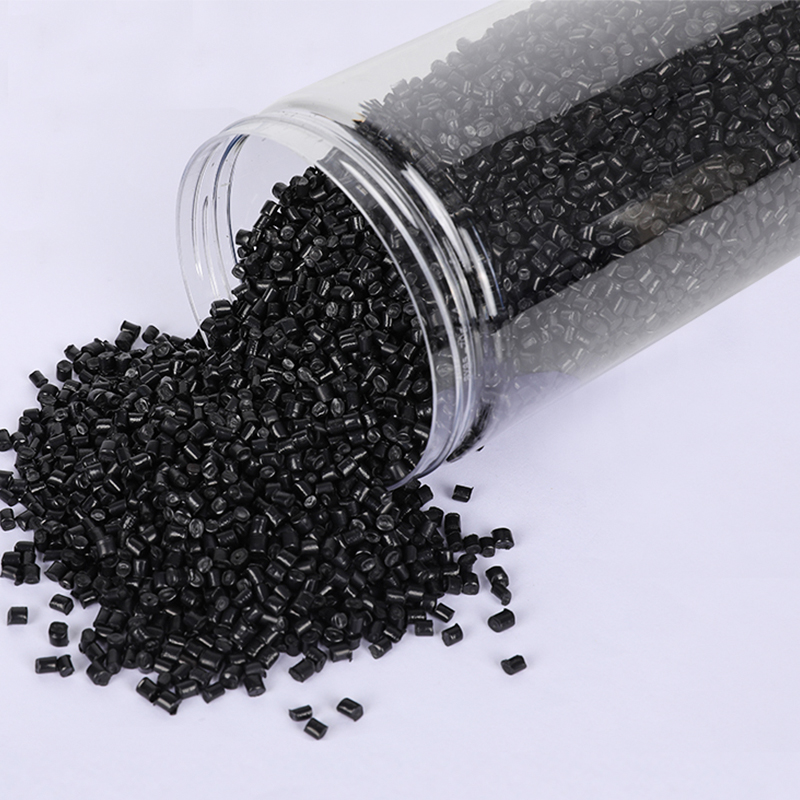Stay up to date with our recent products
Web Menu
Product Search
Exit Menu
What is rPE in Packaging — Definition, Uses, Properties & Practical Guide
1. Definition: What is rPE in packaging?
rPE stands for recycled polyethylene — polyethylene material that has been reprocessed from post-consumer or post-industrial waste and returned to a resin or film form suitable for packaging. In packaging contexts rPE commonly appears as rLDPE, rLLDPE or rHDPE depending on the polyethylene family and source. The key purpose is to reduce virgin resin use while maintaining acceptable performance for protective films, sacks, liners and some flexible packaging solutions.
2. Types and sources of rPE
2.1 By source
- Post-consumer rPE — collected from consumer waste streams (shopping bags, film curbside collections).
- Post-industrial rPE — production scrap, trim and offcuts reclaimed within industrial processes.
2.2 By processing level
- Regrind/reprocessed flake — mechanically shredded and re-extruded.
- Pelletized rPE — washed, melted and pelletized for consistent dosing in extrusion.
- PCR (post-consumer recycled) certified resin — processed with traceability and often blended to meet specifications.
3. Typical properties and performance considerations
rPE properties vary widely with source, cleaning and milling process — but here are common characteristics packaging engineers should expect and check for:
- Density & stiffness: may be slightly different from virgin resin; blends can be adjusted to match target stiffness.
- Melt flow / processability: rPE often has wider MFI distribution, affecting extrusion control and film gauge uniformity.
- Contaminants & inclusions: small non-PE particles or color streaks can appear if washing or sorting is insufficient.
- Mechanical strength: tensile and puncture resistance can be maintained with proper blending and formulation but should be verified for end-use.
4. Common packaging applications for rPE
- Shopping and retail bags (single- and multi-layer films).
- Flush and stretch film for pallets when high clarity is not critical.
- Trash and refuse liners, produce bags and slower-cycle consumer films.
- Non-food retail flexible packaging when appropriate regulatory clearance exists.
5. Practical processing & production tips when using rPE
5.1 Resin handling and resin preparation
Store rPE separately from virgin resins to avoid cross-contamination. When using pelletized rPE, always check pellet moisture and cleanliness — although PE is hydrophobic and doesn’t require drying like nylons, poorly washed PCR material can contain fines and moisture that reduce extrusion stability.
5.2 Extrusion and film production settings
- Start with conservative screw speeds and gradually increase while monitoring melt pressure and die lines.
- Use melt filters and screen changers to protect downstream equipment from inclusions.
- Blend rPE with a controlled percentage of virgin resin (commonly 10–50%) until process stability and product quality are validated.
5.3 Printing, laminating & sealing
- Printing: surface energy may differ — corona or plasma treatment levels should be tested to ensure ink adhesion.
- Lamination: use compatible adhesives; pilot trials will determine tack and bond strength.
- Sealing: sealing temperature and dwell depend on film thickness and formulation; run seal strength tests on final films before production scale-up.
6. Quality checks and test methods for rPE packaging
To ensure reliable product performance, perform the following checks each production lot or when changing rPE suppliers:
- Melt Flow Index (MFI): confirms processability and should be within your tolerance band.
- Density: identifies polymer grade (LDPE/LLDPE/HDPE) and helps predict stiffness.
- Tensile & elongation: check film strength versus spec.
- Contaminant inspection: visual checks and optical sorting to detect non-PE inclusions or color streaks.
- Odor testing: important for consumer-facing packaging—detects residual contaminants from the recycling process.
7. Regulatory, safety and food contact considerations
Regulation varies by market. For food-contact packaging, many regions require documented compliance for PCR materials and/or specific authorized processes. If you intend rPE for direct food contact, request certificates from suppliers and run migration tests where required. For non-food use, declarations of conformity and supplier quality records are still best practice.
8. Cost, supply and sustainability trade-offs
rPE is typically cheaper than virgin resin but pricing and supply can fluctuate with collection yields and global recycling infrastructure. Consider:
- Total cost of ownership: factor in extra sorting, filtration and QC costs when calculating savings.
- Sustainability claims: ensure proper chain-of-custody or certification (e.g., PCR % claims) to avoid greenwashing.
9. Quick specification checklist for buyers and product managers
| Item | Target / Requirement | Notes |
| rPE source | Post-consumer / Post-industrial | Specify and demand supplier traceability |
| PCR content | % by weight (e.g., 10%, 30%, 50%) | Pilot-run to confirm performance |
| Key test results | MFI, density, tensile, visual | Attach certificates to PO |
| Food contact? | Yes / No | If yes, supplier must provide migration data |
10. Comparative snapshot: rPE vs virgin PE
| Feature | rPE | Virgin PE |
| Cost | Generally lower (varies) | Stable, typically higher |
| Consistency | More variability | High consistency |
| Sustainability | Reduces virgin use / landfill | Higher carbon footprint |
11. Frequently asked practical questions
Can I use 100% rPE?
It depends on the source quality and application. For low-demand items (e.g., refuse liners) 100% rPE may be feasible. For critical packaging where clarity, sealing reliability or food contact are required, manufacturers commonly use blends and validate each blend with trials.
How do I claim recycled content on packaging?
Use supplier documentation and chain-of-custody or certification statements. Follow local labeling rules and avoid overstating claims — be specific (e.g., “contains 30% post-consumer recycled polyethylene”).
12. Final recommendations for implementation
- Begin with pilot runs and conservative rPE percentages; increase rPE only after validating performance data.
- Set clear QC acceptance criteria (MFI, density, visual, tensile, seal strength).
- Demand traceability and supplier test certificates to support sustainability claims.
Using rPE in packaging delivers environmental benefits and cost savings when implemented with a disciplined supplier program, proper QC and realistic expectations about variability. Start small, measure everything, and expand usage as confidence grows.
As China PCR Recycled Plastic Granules Factory, We always adhere to the experience and philosophy of "keeping up with the times, constantly innovating, developing efficiently, and cooperating for mutual benefit"

Address: No.11, Wangzhuang Section, Provincial Road 01, Daqiao New Area, Economic Development Zone, Haiyan County, Jiaxing City, Zhejiang Province, China
Phone: +86-18058285678
Fax: +86-0573-86868101
E-mail: [email protected]
SUNRISE GROUP(Overseas Exclusive Agent)
www.sunrisechemical.com
2024 ICIS Global Chemical Distributor Top 8
Export Sales Manager:Helen Zhang
Mob/Whatsapp: +86 19883063465
Email: [email protected]
Copyright © Jiaxing Anyiju Plastic Industry Co., Ltd. All Rights Reserved

 简体中文
简体中文 English
English

